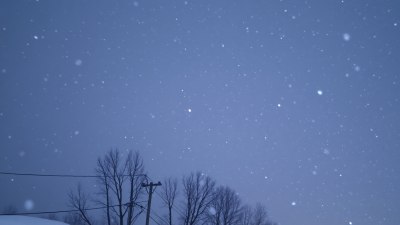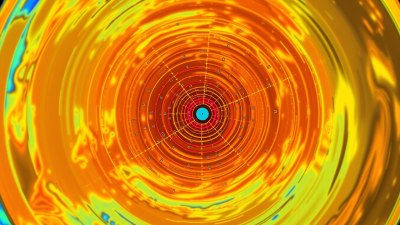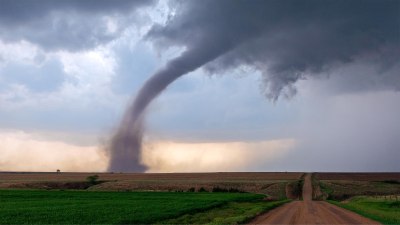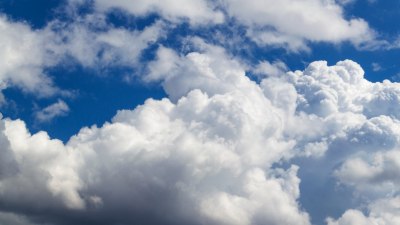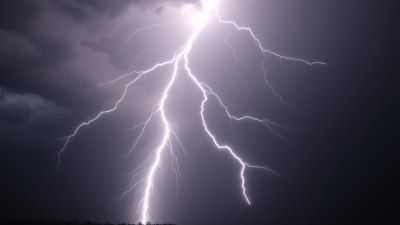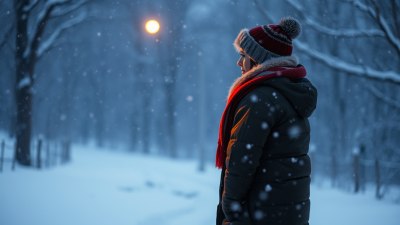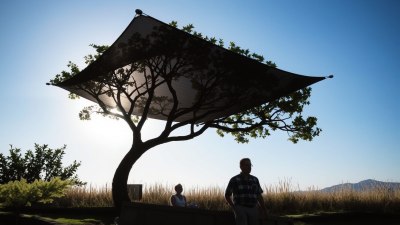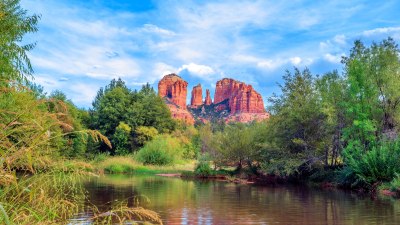What Happens If a Tornado Hits a Volcano The Science Will Surprise You
Discover the surprising science behind tornadoes hitting volcanoes and their unique interactions.
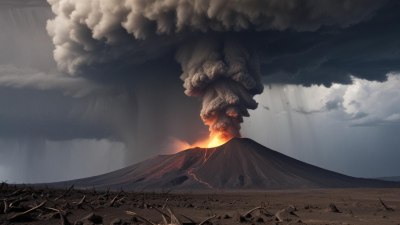
This image was created with the assistance of Freepik
When we think of natural disasters, tornadoes and volcanoes often come to mind as two of the most powerful forces of nature. But what happens when these two phenomena collide? The science surrounding a tornado hitting a volcano is both intriguing and complex. In this article, we will explore the dynamics of tornadoes and volcanoes, the potential impacts of such an event, and what scientists have to say about these rare occurrences.
The Basics of Tornadoes
Tornadoes are rapidly rotating columns of air that extend from a thunderstorm to the ground. They are characterized by their funnel shape and can vary significantly in size, strength, and lifespan. Tornadoes form when warm, moist air at the surface rises and meets cooler, drier air aloft. This interaction can create instability in the atmosphere, setting the stage for thunderstorms, and ultimately, tornado formation. The Enhanced Fujita Scale, which rates tornadoes from EF0 to EF5 based on the damage they cause, helps us understand their potential impact.
The Basics of Volcanoes
Volcanoes, on the other hand, are geological formations created by the movement of tectonic plates, which allow magma from beneath the Earth's crust to erupt onto the surface. Volcanoes can erupt in various forms, including explosive eruptions that eject ash, gas, and lava, or effusive eruptions that result in the slow flow of lava. The type and intensity of an eruption are influenced by factors such as the composition of the magma, the pressure within the volcano, and the presence of water. Understanding the behavior of volcanoes is crucial for assessing the risks they pose to nearby communities.
The Collision of Tornadoes and Volcanoes
So, what happens when these two powerful forces collide? While the actual occurrence of a tornado hitting a volcano is extremely rare, there are a few scenarios where this might theoretically happen. For example, if a tornado were to form in close proximity to an active volcano, the resulting interactions could lead to unexpected phenomena. One of the primary effects would likely be the influence of the volcano's heat and gases on the tornado itself. The eruption could inject ash and gases into the atmosphere, potentially altering the structure and behavior of the tornado.
Impacts on Tornado Behavior
The intense heat produced by a volcanic eruption could create a localized updraft, which might enhance the tornado's strength if it were caught in the right atmospheric conditions. This interaction could lead to a more powerful and destructive tornado than what might have occurred without the volcanic activity. Furthermore, the ash expelled from the volcano could descend into the tornado, possibly altering its appearance and behavior. The combination of volcanic ash, steam, and hot gases could lead to an unusual phenomenon known as an ash tornado or a volcanic tornado.
Volcanic Tornadoes: A Rare Phenomenon
Volcanic tornadoes are a rare but documented phenomenon. They typically form during volcanic eruptions when hot gases and ash rise into the atmosphere, creating a vortex. These tornadoes can be particularly dangerous, as they can project ash and debris over considerable distances, spreading material from the volcano and posing a risk to life and property in the surrounding area. One of the most notable occurrences of a volcanic tornado happened during the 1980 eruption of Mount St. Helens, where a remarkable ash plume created conditions conducive to the formation of tornadoes in the vicinity.
Potential for Ash Fall and Damage
If a tornado were to hit a volcano during an eruption, one of the most significant risks would be the potential for ash fall and debris to be thrown into the atmosphere. Tornadoes are capable of lofting materials into the air, and if they pass near an active volcano, they could pick up volcanic ash along with other debris. This could lead to increased ashfall in areas downwind of the volcano, which would exacerbate the already dangerous conditions created by the eruption. Ashfall can damage crops, contaminate water supplies, and harm respiratory health, leading to a range of public safety concerns.
Understanding the Atmospheric Conditions
The interaction between a tornado and a volcano also raises questions about the atmospheric conditions required for such an event to take place. Tornadoes are more likely to form in environments characterized by strong wind shear, warm surface temperatures, and sufficient moisture. Volcanoes, particularly during an eruption, can modify local weather conditions, such as temperature and humidity. The conversion of the volcano's energy into thermal and dynamic forces could create an environment where tornado formation becomes more probable.
The Role of Scientists and Researchers
Scientists and researchers continue to study the behavior of tornadoes and volcanoes, looking for ways to better understand their interactions. Modeling and simulation studies aim to replicate the conditions under which tornadoes may form in volcanic environments, as well as assessing potential risk scenarios. Field studies, especially in areas prone to both tornadoes and volcanic activity, can reveal valuable data that might help develop improved forecasting models and public safety protocols to mitigate risks.
Case Studies and Historic Events
Throughout history, there have been a few notable instances of tornadoes and volcanoes interacting. One of the most remarkable involved the 1883 eruption of Krakatoa, where it was documented that the eruption created ash clouds that led to severe weather disturbances, including tornadoes observed in different regions. Analyzing these case studies helps scientists piece together how such interactions can occur and the potential consequences for surrounding communities.
Preparedness and Response
Understanding the risks associated with tornadoes and volcanoes can help communities prepare and respond effectively. Emergency management officials may develop protocols anticipating the possibility of both phenomena occurring simultaneously, ensuring that early warning systems are in place. These systems can help notify residents of both tornado watches and volcanic activity so they can take necessary precautions to safeguard themselves and their property.
Conclusion
In conclusion, the combination of a tornado hitting a volcano represents a fascinating intersection of two powerful natural disasters. While the likelihood of these events occurring simultaneously is low, the potential impacts and scientific insights drawn from such scenarios are significant. As researchers continue to study the complexities of these natural phenomena, we can better understand how they might interact, and how communities can prepare for multiple disaster scenarios. Whether it's the vibrant spectacle of a volcanic eruption or the destructive force of a tornado, nature never ceases to amaze us with its power and unpredictability.

